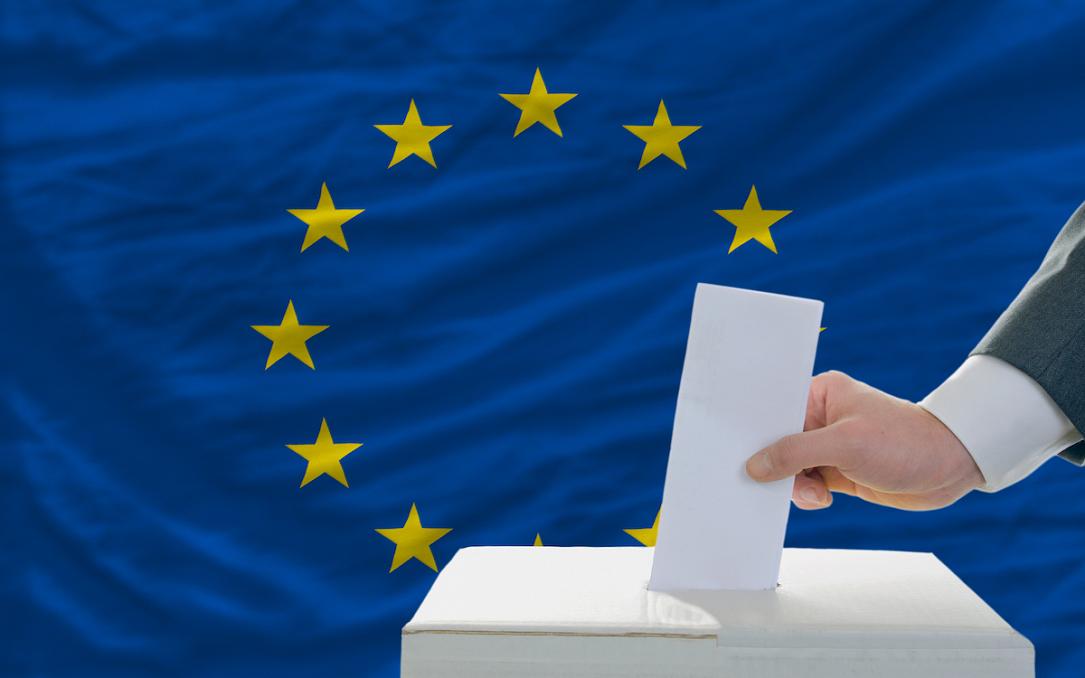New poll in Romania implies higher turnout in European elections



The thin margin enjoyed by Romania’s Social Democratic Party (PSD) ahead of its main rival, the National Liberal Party (PNL), has narrowed to 0.6 percentage points (pp) in the latest poll conducted by INSCOP for Konrad Adenauer Foundation ahead of the May 26 European Elections.
The socialists’ score dropped from 27.8% to 26.9%, while the liberals lost less support: from 26.7% to 26.3%.
The margin was 1.1pp in the previous poll released in early February. Therefore, the narrowing and the margins themselves are statistically irrelevant at a 95% confidence. More relevant is that a larger share of the polled electorate expressed an option (58.5% versus 54.5% in February), although the “virtual turnout” remains low and typically results in lower actual turnout.
Another relevant inference from the polls is that the two opposition parties that joined forces, Save Romania Union (USR) and PLUS of former prime minister Dacian Ciolos, got weaker support in March when counted together (15.3%) than taken separately in February (10%+7%). Furthermore, the weaker (combined) score occurred amid higher rate of responses (the “virtual turnout”).
editor@romania-insider.com
(Photo source: Shutterstock)